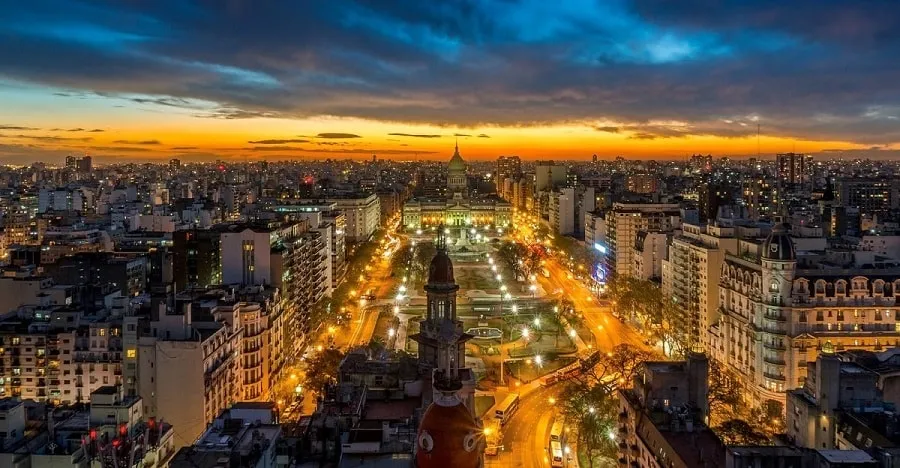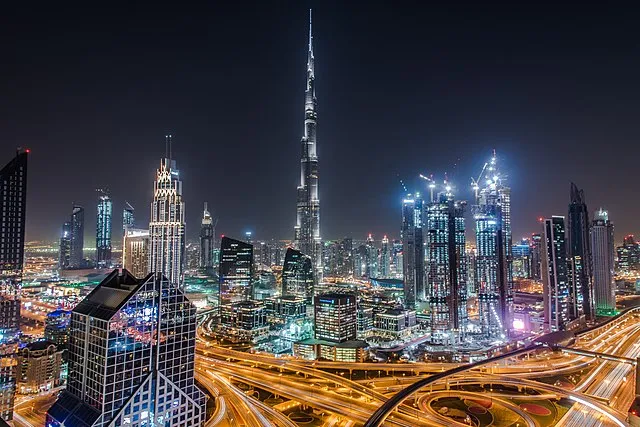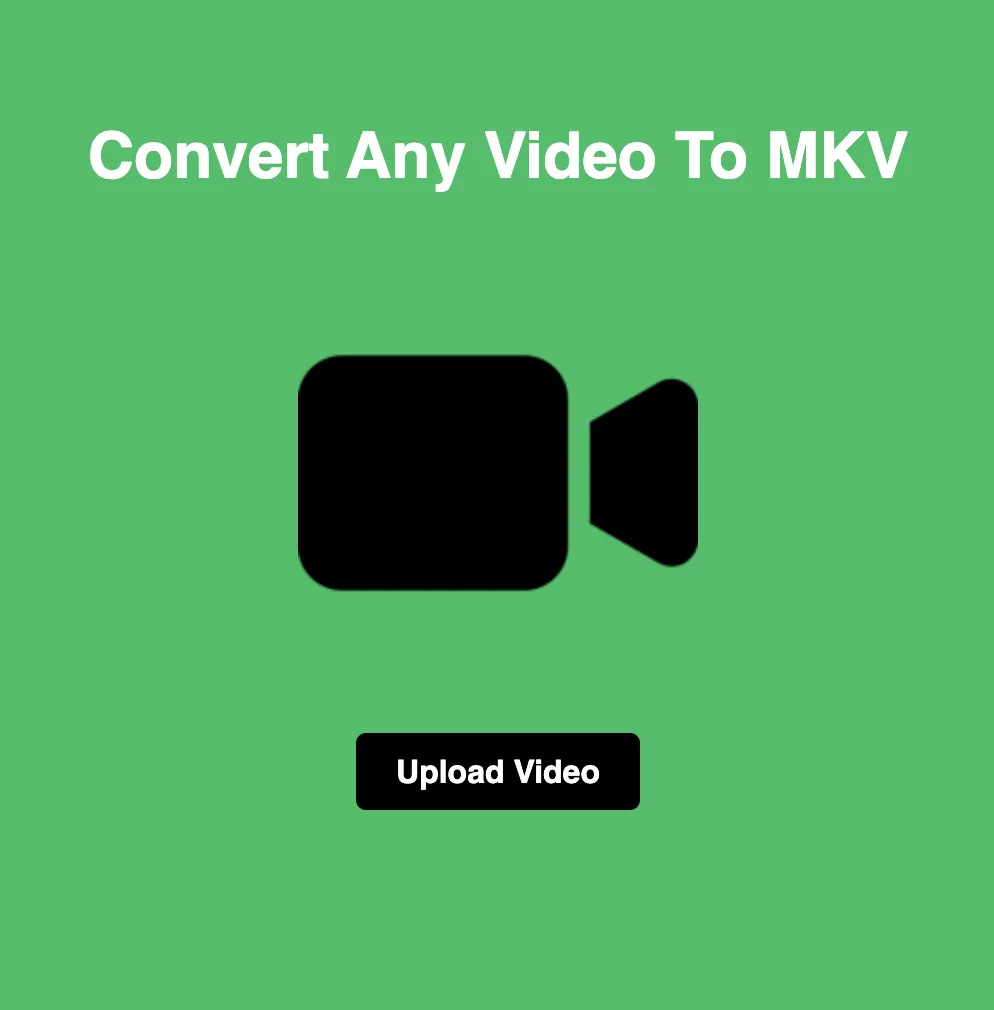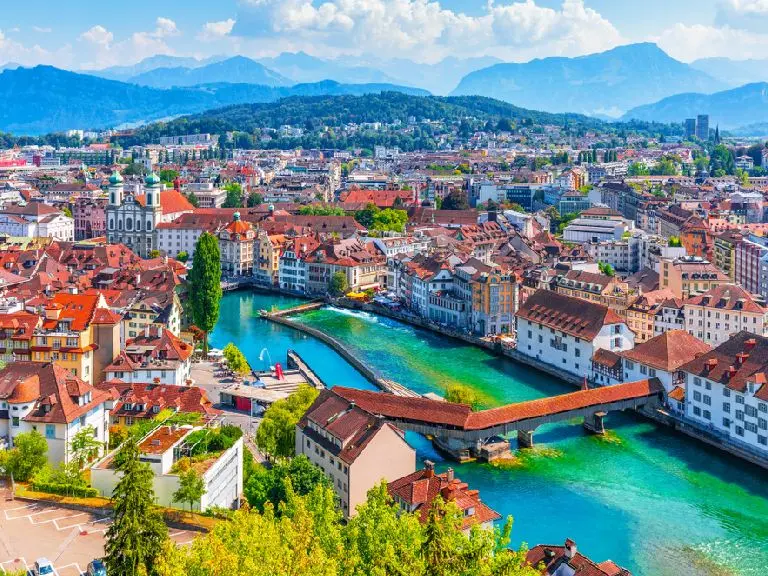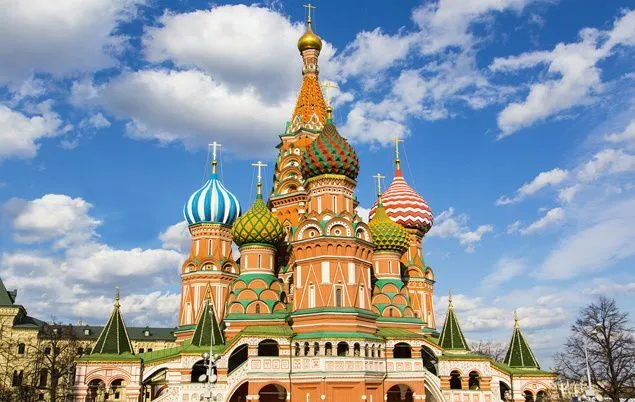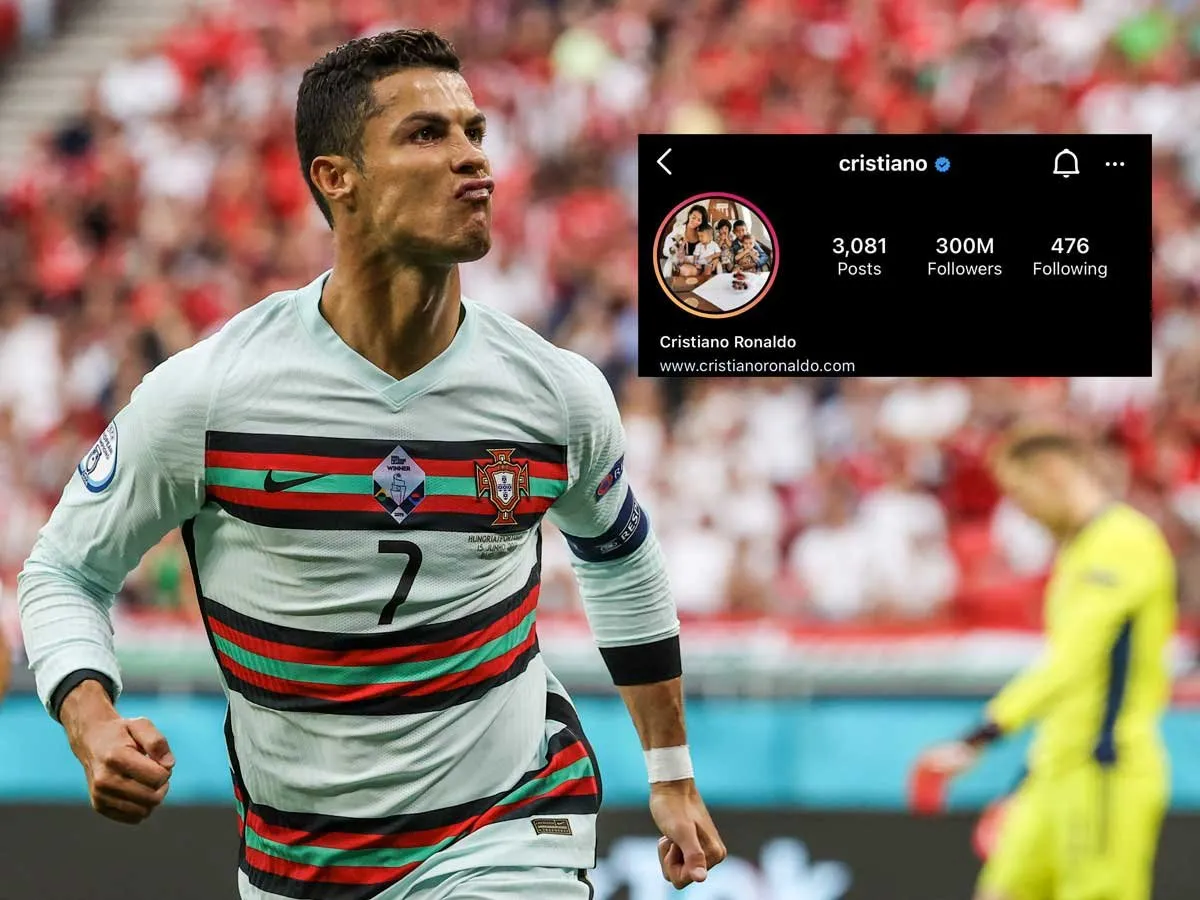
The Impact of Image Format on Instagram Reach: Fact or Fiction?
In the realm of social media marketing, Instagram has emerged as a powerful platform for brands and influencers to connect with their audience and drive engagement. With over a billion active users, Instagram presents a lucrative opportunity for businesses to showcase their products and services through visually appealing content. However, a question that often arises among Instagram users is whether the image format they choose has any impact on their reach and engagement. In this blog, we'll delve into this topic and explore whether image format truly affects Instagram reach, using real-world use cases and insights.
Understanding Image Formats:
Before we delve into the potential impact of image formats on Instagram reach, let's first understand the common image formats used on the platform:
JPEG (Joint Photographic Experts Group): JPEG is a widely used image format known for its efficient compression and compatibility. It is ideal for photographs with complex details and color gradients.
PNG (Portable Network Graphics): PNG is a lossless image format that supports transparency and high-quality graphics. It is commonly used for images with sharp edges, text, and transparent backgrounds.
WEBP: WEBP is a modern image format developed by Google, designed to offer both lossy and lossless compression. It provides smaller file sizes compared to JPEG and PNG without compromising image quality.
Does Image Format Impact Instagram Reach?
Now, let's address the burning question: Does the choice of image format impact your reach and engagement on Instagram? While there is no definitive answer, let's explore some potential scenarios and factors to consider:
Compression and Image Quality:
Use Case: A fashion brand posts a high-resolution image of a new clothing collection in both JPEG and PNG formats.
Differences: Although both formats may appear visually similar to the audience, Instagram's compression algorithm may treat them differently. JPEG files, being smaller in size, may load faster on users' feeds, resulting in higher engagement. However, PNG files, with their superior image quality, may attract more attention and interactions from users who appreciate detailed visuals.
Platform Compatibility:
Use Case: A travel blogger shares a series of photos from a recent trip, using different image formats for each post.
Differences: Instagram's platform compatibility plays a significant role in determining the reach of your posts. While JPEG is the most widely supported format on Instagram, PNG files may experience compatibility issues, especially when users access the platform from older devices or slower internet connections. On the other hand, WEBP, despite its superior compression, may not be fully supported by Instagram's image processing system, potentially leading to lower reach for posts in this format.
User Experience and Engagement:
Use Case: An e-commerce brand promotes a new product launch using images in various formats.
Differences: The user experience and engagement level can be influenced by the perceived quality of the images. While JPEG files may load faster and provide a seamless browsing experience, PNG files with their transparency and sharp details may capture users' attention and encourage them to spend more time engaging with the content. WEBP files, if supported, offer a balance between file size and image quality, potentially enhancing user engagement.
Conclusion:
In conclusion, while the choice of image format may not directly impact Instagram's algorithmic reach, it can indirectly affect user engagement and interaction with your content. Factors such as compression, image quality, platform compatibility, and user experience play crucial roles in determining the effectiveness of your Instagram posts. As a content creator or marketer, it's essential to experiment with different image formats and monitor their performance to optimize your reach and engagement on the platform. By understanding the nuances of each format and its potential impact, you can leverage Instagram's visual storytelling capabilities to connect with your audience effectively.

